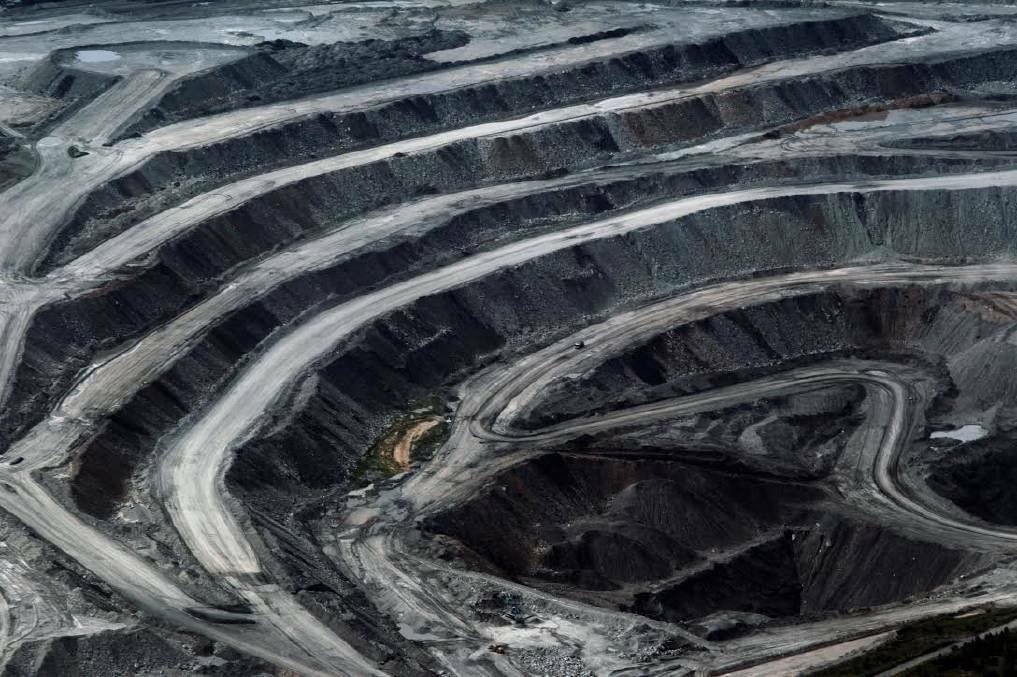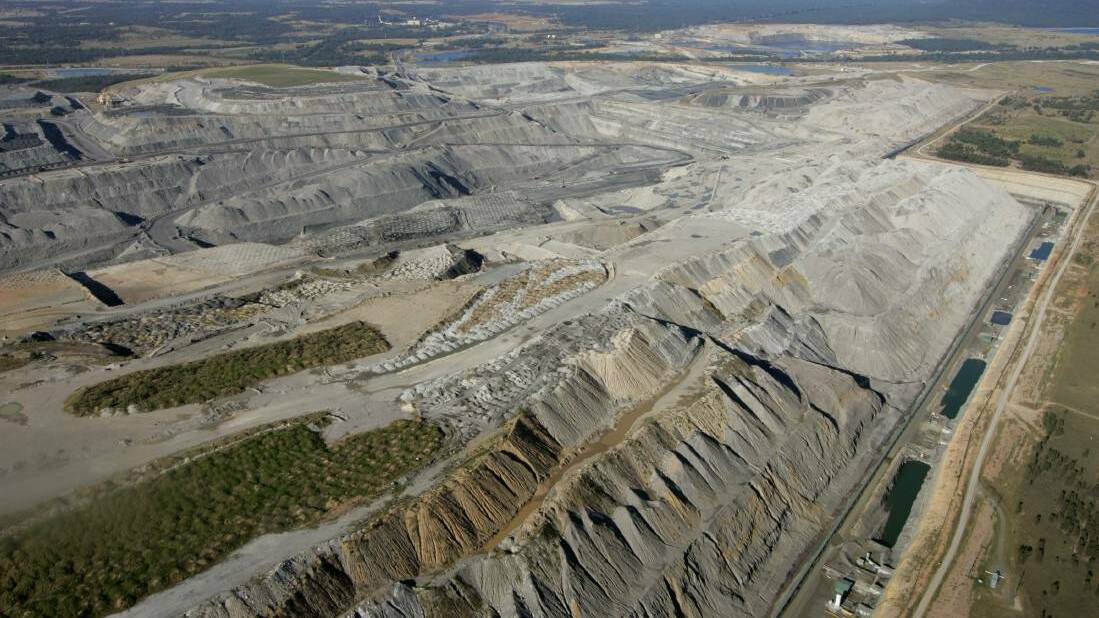
Up to $25 billion could be needed to fill and rehabilitate the Upper Hunter's 23 final voids when open-cut mining ends, a new Australia Institute report has found.
Subscribe now for unlimited access.
or signup to continue reading
By contrast, the State Government holds just $3.3 billion in environmental rehabilitation bonds for all mines in the state.
The report, Mind the Gap: Unused capacity and unfunded rehabilitation in Upper Hunter coal mines, confirms what many industry analysts have predicted - current planning for mine site rehabilitation is inadequate to deal with the industry's vast environmental legacy.
READ MORE:
The NSW Audit Office warned in 2017 that security deposits of the state's 450 mines "do not include sufficient contingency given the substantial risks and uncertainties associated with mine rehabilitation and closure."
The Upper Hunter final voids include two at Mount Thorley Warkworth mine ,which cover nearly 1000 hectares and reach up to 300 metres in depth. The next biggest voids are at Mount Arthur mine near Muswellbrook which will cover 700ha.

The institute estimates the cost of rehabilitating the region's final voids will fall between $11.5 billion and $25.3 billion.
"The mines in the Upper Hunter have approval to leave behind 23 huge holes, known as final voids. These voids affect groundwater and often fill with highly saline or otherwise unusable water," the report says.
"The voids were approved on the basis that filling them in would cost mining companies too much money. Four Upper Hunter mines have published the cost of filling in their voids, with estimates ranging between $526 million and $2.1 billion."
Polling by The Australia Institute found that 77 per cent of Australians expected voids to be filled to "near original surface level with groundwater protected".
Less than 1 per cent of respondents felt that it was acceptable for "pits to remain and fill with saline or acidic groundwater."
The institute's report shows Hunter coal mines extracted 150 million tonnes in 2020, 91 million tonnes less coal than their approved capacity of 241 million tonnes.
"The fact that the Hunter's coal mines are producing nearly 100 million tonnes per year less than they are approved to shows there is absolutely no need for any new coal mines," Australia Institute Research Director Rod Campbell said.
"The NSW Government's own data shows that Hunter coal sales peaked in 2014. The world has been telling us for years that it intends to use less coal in the future, but NSW Governments have not been listening.
"Instead, NSW governments have been listening to coal companies and their claims that they can't afford to clean up the mess they leave behind.
A spokeswoman for the Department of Regional NSW the NSW Government held about $3.3 billion in security bonds for rehabilitation of exploration and mining impacts as at January 2021.
She said all titleholders must provide a rehabilitation security deposit that covers the full cost of rehabilitation.
"The bond is held by the government and is not returned to the mine until rehabilitation is completed and the land is returned to the final approved landform," she said.
"Rehabilitation obligations are legally enforceable and mining companies are responsible for all rehabilitation, even after the mine's closure.
"Rehabilitation obligations and security deposits are regularly re-assessed, and the amount of security has grown by about $1 billion, from $2.2 to $3.3 billion over the last 5 years."


